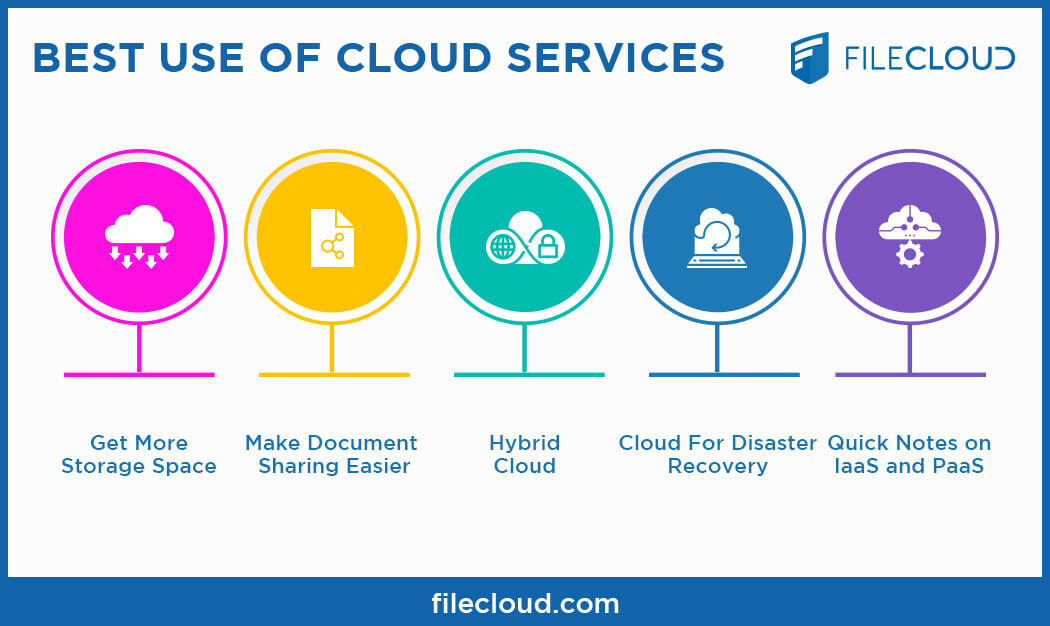Increase Your Online Existence with LinkDaddy Cloud Services: Reliable Strategies for Cloud Services Press Release
Increase Your Online Existence with LinkDaddy Cloud Services: Reliable Strategies for Cloud Services Press Release
Blog Article
Simplify Your Facilities With Cloud Services
As services browse the ever-evolving landscape of technology and information management, the function of cloud solutions in simplifying facilities has actually ended up being increasingly popular. Exactly how can businesses properly navigate this shift and genuinely open the capacity of cloud solutions for simplifying their infrastructure?
Benefits of Cloud Solutions
Cloud services offer a streamlined approach to managing IT framework, providing businesses with cost-efficiency, flexibility, and scalability. One of the crucial benefits of cloud solutions is the scalability they supply.
Furthermore, cloud solutions remove the demand for organizations to purchase expensive software and hardware. This cost-efficiency is a substantial benefit, especially for tiny to medium-sized ventures wanting to reduce ahead of time prices. By utilizing cloud services, services can access high-quality IT resources without the substantial price tag associated with traditional framework arrangements.
In addition, cloud services give companies with the versatility to access their information and applications from anywhere with an internet connection. This degree of ease of access boosts partnership among groups, enables remote work, and raises overall performance. The flexibility provided by cloud services equips businesses to adjust rapidly to changing market problems and consumer demands.
Expense Savings and Scalability
In addition to the functional advantages highlighted earlier, the combination of cloud services into a business's infrastructure generates substantial expense financial savings and boosted scalability. Cloud services provide a pay-as-you-go design, permitting businesses to range sources up or down based upon present demands, thus preventing the expenses connected with keeping excess capacity. This flexibility enables companies to adapt quickly to fluctuating needs without incurring unneeded costs.
In addition, cloud solutions remove the need for upfront financial investments in software and hardware, lowering capital investment. Operating expenditures are additionally minimized as firms no more require to manage and keep physical web servers, causing reduced energy usage and IT staffing expenses. In addition, cloud solutions give automated updates and upkeep, ensuring that the infrastructure remains safe and secure and updated without needing manual treatments.
Enhanced Safety Procedures
Executing rigid security steps is vital when integrating cloud services into a business's infrastructure to protect delicate information and ensure conformity with market guidelines. Cloud service providers supply enhanced security features such as information security, firewall security, and multi-factor authentication to alleviate cybersecurity dangers.
Furthermore, normal protection audits and conformity assessments assist make sure and recognize vulnerabilities adherence to industry criteria. Business can also gain from attributes like automatic safety updates and real-time hazard surveillance supplied by cloud company. By prioritizing protection measures and staying aggressive in attending to prospective risks, organizations can confidently utilize cloud solutions while safeguarding their beneficial data from unapproved access or violations.
Transitioning to Cloud Facilities
To efficiently integrate cloud solutions into a company's facilities, a structured technique that addresses the change towards cloud-based remedies is necessary. Transitioning to shadow infrastructure involves cautious preparation and execution to make certain a smooth migration process. The initial step is dig this to analyze the existing facilities and figure out which applications and systems are suitable for movement to the cloud. This assessment needs to think about elements such as information level of sensitivity, compliance requirements, and performance demands.
As soon as the analysis is complete, a migration method need to be created. This technique ought to detail the timeline, sources, and duties for moving each element to the cloud. It is important to communicate this strategy clearly to all stakeholders to guarantee placement and minimize disruptions during the transition.
During the migration screening, tracking and process are crucial to identify and deal with any kind of concerns without delay. Normal checkpoints must be established to track progress and make necessary changes. Furthermore, training for staff members on making use of cloud services ought to be given to make certain an effective shift and maximize the advantages of the brand-new infrastructure.
Ideal Practices for Cloud Adoption
Effective adoption of cloud solutions pivots on the critical placement of business purposes with technological capabilities and business readiness. To ensure a smooth change to the cloud, organizations ought to begin by performing a thorough evaluation of their existing facilities and recognizing which workloads are best matched for cloud migration. It is critical to include crucial stakeholders from different divisions in the decision-making process to acquire buy-in and address any kind of issues at an early stage.
An additional ideal method for cloud fostering is to prioritize safety and conformity. Organizations must very carefully review the safety and security steps offered by cloud company and make sure that their information is safeguarded click reference according to sector requirements and governing demands. Implementing durable data encryption, accessibility controls, and routine safety and security audits can help alleviate dangers related to cloud fostering.

Final Thought

As businesses browse the ever-evolving landscape of technology and information monitoring, the role of cloud solutions in simplifying facilities has actually ended up being progressively prominent - cloud services press discover here release. Just how can companies properly navigate this change and truly unlock the capacity of cloud solutions for simplifying their infrastructure?
Cloud solutions use a structured strategy to handling IT facilities, giving services with scalability, cost-efficiency, and flexibility. By making use of cloud solutions, companies can access high-grade IT sources without the hefty price tag connected with typical infrastructure configurations.
To make sure a smooth change to the cloud, companies ought to begin by conducting a detailed assessment of their current facilities and recognizing which workloads are best fit for cloud migration.
Report this page